The Canadian Education System
Canada is home to some of the world’s top educational institutions.
With so many choices, it is important to focus your school search to find the best option for you. Here are some tips for finding your ideal program and school:
Generally speaking, schools fall into one of four categories:
- University/College
- Trade/Vocational
- Language Schools
- Primary/Secondary
Firstly, you should decide what sort of program you would like to enrol in. You should ask yourself questions like:
- Do I want to obtain a degree?
- How will my studies enhance or change my career?
- Do I want to use my education as a stepping stone for Canadian permanent residence?
- How much time and money can I commit to my education?
It is important to choose a program that connects your short- and long-term goals. You may be able to attend information sessions from schools you are considering.
You can learn more about different Canadian schools, as well as their various programs of study, here.
You may wish to speak with school representatives, current students, or alumni to get a better idea of the pros and cons of a program or school. You may also wish to attend school informational sessions online or at a location near you.
Once you have decided on your course of study, you will want to make a list of schools that teach your program and appeal to you. Some factors to take into account are:
- Tuition costs
- Location
- Cost of living while at school
- Teacher-student ratio
- Student organizations
- School support for international students
Some prospective students choose to apply to several schools, while others focus on just one institution. Decide where you want to go, and move on to beginning the application process. After you have chosen your ideal school, you must apply for acceptance. To learn more about the school admission process, please click here.
Canada has both a public and private education system. From kindergarten through to university, the Canadian Government subsidizes a great portion of the financial burden of educating its young minds.
Canada has one of the highest educational standards when compared to other industrialized nations. The school year normally runs from September through to the following June. Secondary studies go up to Grades 11, 12, or 13, depending on the province. After which, students may choose to attend university, college, or Cegep (in Quebec) for post-secondary studies. Canada has many internationally recognized university programs located in both urban and rural regions throughout the nation. Degrees awarded from Canadian universities are recognized as equivalent to those from American and other Commonwealth universities. The university year usually runs from September to April or May.
International students may choose to study in either one of Canada’s two official languages. Some universities even offer instruction in both, though students do not need to be fluent in both languages to attend school in Canada.


